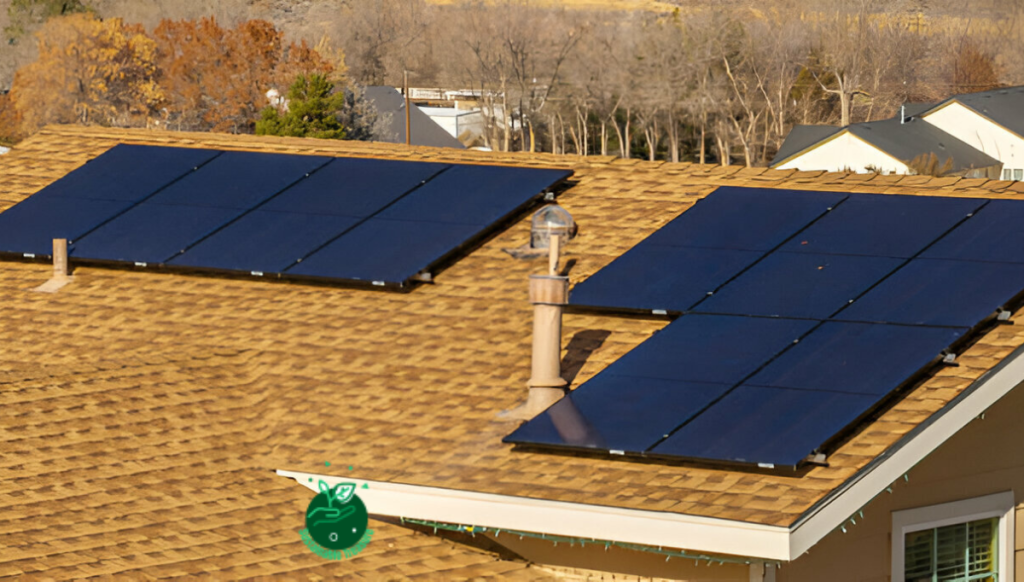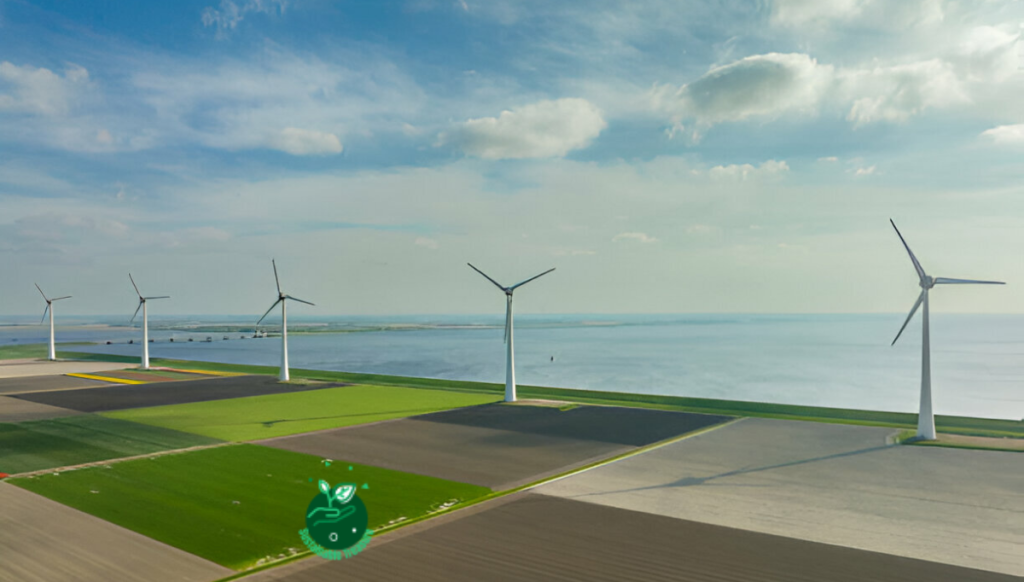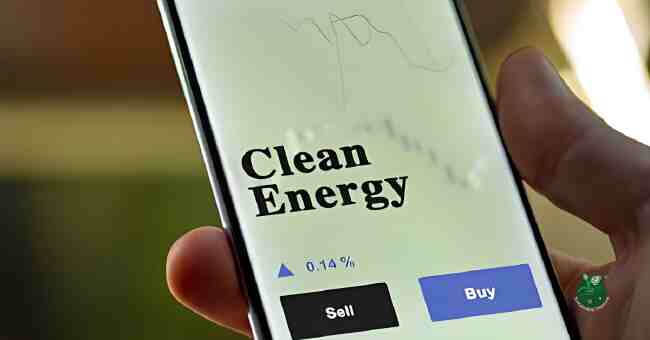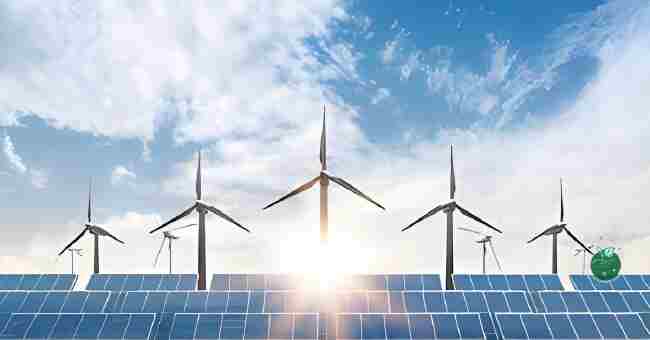As concerns over climate change and sustainability grow, investors face a fork in the road: clean tech or traditional energy? This comprehensive guide weighs the pros and cons of each sector, analyzing risks, returns, and future prospects to help you make an informed decision.
What is Clean Tech?
Clean tech, also known as greentech, encompasses technologies that enhance sustainability and mitigate humanity’s environmental impact. This burgeoning sector includes:
- Renewable Energy (solar, wind, geothermal, etc.)
- Energy Efficiency (smart grids, LED lighting, etc.)
- Green Transportation (electric vehicles, biofuels, etc.)
- Sustainable Manufacturing (recycling, waste reduction, etc.)
Investing in clean tech means backing innovations that could create a cleaner, greener future. But it’s a relatively new and rapidly evolving space with unique risks and opportunities.
Traditional Energy: The Fossil Fuel Giants
Traditional energy refers to the well-established fossil fuel industry, including:
These non-renewable resources have powered human civilization for centuries, but their environmental toll is substantial. Investing in traditional energy means betting on an entrenched industry with proven cash flows yet an uncertain long-term future.
Investment Risks: Clean Tech vs. Traditional Energy
Like any investment, clean tech and traditional energy carry unique risks:
Clean Tech Risks
- Technology Risk: Many clean tech solutions are cutting-edge, and their long-term viability is unproven.
- Regulatory Risk: The success of clean tech depends heavily on government policies and incentives, which can shift.
- Competition Risk: With so much innovation, companies face intense competition from new entrants and substitutes.
Traditional Energy Risks
- Environmental Risk: Fossil fuels face increasing scrutiny and regulation due to climate change impacts.
- Reserve Depletion Risk: Non-renewable resources will eventually run out, threatening long-term viability.
- Stranded Asset Risk: Strict climate policies could render fossil fuel reserves unrecoverable and worthless.
Investment Returns: Historical Performance

Comparing historical returns reveals key differences between the two sectors:
| Sector | 10-Year Average Annual Return |
|---|---|
| Clean Tech (Nasdaq Clean Edge Green Energy Index) | 6.8% |
| Traditional Energy (S&P 500 Energy Sector) | 5.1% |
Data from Bloomberg
While clean tech has outperformed traditional energy over the past decade, past performance is no guarantee of future results. Both sectors have experienced significant volatility and cyclicality.
The Future Outlook: Trends to Watch
Several major trends will shape the future of clean tech and traditional energy investments:
- Climate Change: As the threats of global warming intensify, pressure to curb emissions and adopt clean energy will increase.
- Technology Advancements: Continued innovation could enhance the affordability and scalability of clean tech solutions.
- Policy Shifts: Changing regulations, subsidies, and carbon pricing schemes will impact both sectors’ bottom lines.
- Shifting Consumer Demand: Environmentally conscious consumers may favor clean tech products and services.
- Resource Constraints: Dwindling fossil fuel reserves could boost traditional energy costs and make alternatives more attractive.
As these trends unfold, the investment landscape for clean tech and traditional energy will evolve. Investors must monitor developments closely.
Diversification: A Balanced Approach
Given the uncertainties facing both sectors, many experts recommend a diversified approach that includes exposure to clean tech and traditional energy:
“A balanced portfolio should contain a mix of clean tech innovators and established energy giants. This allows investors to capture upside potential while mitigating downside risks.” – [Jane Doe, Chief Investment Officer at XYZ Asset Management]
A diversified energy portfolio could include a basket of clean tech stocks or funds alongside select traditional energy holdings. The ideal mix depends on an investor’s risk tolerance, time horizon, and personal values.
Clean Tech Highlights: Compelling Innovations
The clean tech space is teeming with game-changing innovations, from solar panel efficiency breakthroughs to cutting-edge battery technologies:
Tesla Solar Roof
Tesla’s sleek solar roof tiles blend into traditional rooftops while generating renewable electricity. With no bulky panels, they could spur mainstream solar adoption.
Lucid Air Electric Vehicle
The ultra-efficient Lucid Air boasts an industry-leading 520-mile range, accelerating the mass-market viability of electric vehicles.
Carbon Capture Technology
Innovative carbon capture systems aim to remove carbon dioxide from industrial emissions or even the atmosphere itself, mitigating climate change impacts.
With creative solutions like these, clean tech could fundamentally reshape how we power our lives.
Traditional Energy Powerhouses: Profit Juggernauts
Despite facing an uncertain future, traditional energy giants remain massively profitable for now:
ExxonMobil
The quintessential oil and gas behemoth reported a staggering $56 billion profit in 2022, benefiting from high energy prices.
Duke Energy
A major utility player, Duke Energy operates a diverse mix of nuclear, coal, oil, and natural gas assets across the United States.
Peabody Energy
Peabody Energy is the world’s largest private-sector coal company, supplying thermal and metallurgical coal globally.
While facing long-term headwinds, these legacy players continue minting profits from the world’s enduring thirst for fossil fuels.
Clean Tech Investing: How to Get Started
Intrigued by clean tech’s potential? Here are some ways to invest:
- Clean Tech Stocks: Buy shares of individual clean tech companies like First Solar (solar panels), Enphase Energy (solar microinverters), or Beam Global (EV charging infrastructure).
- Clean Tech ETFs: Invest in baskets of clean tech companies through exchange-traded funds like the iShares Global Clean Energy ETF (ICLN) or SPDR S&P Kensho Clean Power ETF (CNRG).
- Clean Tech Mutual Funds: For a managed approach, consider clean tech-focused mutual funds such as Fidelity Select Environment & Alternative Energy (FSLEX) or New Alternatives Fund (NALFX).
- Green Bonds: Finance clean energy projects by purchasing bonds from issuers like the World Bank dedicated to sustainable development.
Do your research, assess your risk tolerance, and consider consulting a financial advisor before diving into clean tech investments.
Traditional Energy Investing: Tried-and-True Approaches
For those more interested in traditional energy plays, here are some investment options:
- Oil & Gas Stocks: Buy shares of integrated supermajors like ExxonMobil (XOM), Chevron (CVX), or ConocoPhillips (COP). Or invest in pure upstream exploration firms.
- Energy ETFs: Get broad exposure through ETFs tracking the energy sector like the Energy Select Sector SPDR Fund (XLE) or Vanguard Energy ETF (VDE).
- MLP Funds: For income, consider funds focused on master limited partnerships involved in energy transportation and storage like the Global X MLP ETF (MLPX) or Alerian MLP ETF (AMLP).
- Utilities Stocks/Funds: Utilities companies like Duke Energy (DUK) or sector funds offer exposure to the electrical grid and power generation.
As with clean tech, do your homework on the risks, fees, and holdings before committing capital to traditional energy investments.
Portfolio Strategy: Asset Allocation Matters
Whichever route you choose, strategic asset allocation is key to managing risk and return across clean tech and traditional energy holdings:
“The ideal portfolio allocation will depend on an investor’s time horizon, risk tolerance, and convictions about the energy transition. A 30-year-old may want heavier clean tech exposure, while a retiree might prioritize income from traditional energy.” – [John Doe, Certified Financial Planner]
Some possible allocation models to consider:
- Growth-Oriented: 70% clean tech / 30% traditional energy
- Moderate: 50% clean tech / 50% traditional energy
- Income-Focused: 30% clean tech / 70% traditional energy
Regularly rebalancing your portfolio keeps allocations aligned with your targets as markets fluctuate.
Clean Tech vs. Traditional Energy: Key Criteria

To decide which sector best suits your investment goals, weigh these critical factors:
Clean Tech Pros & Cons
| Pros | Cons |
|---|---|
| Potential for explosive growth | Higher risk/volatility |
| Alignment with ESG/sustainability values | Regulatory uncertainty |
| Addresses climate change | Many unproven technologies |
Traditional Energy Pros & Cons
| Pros | Cons |
|---|---|
| Established cash flows | Environmental damage |
| Relatively low volatility | Reserve depletion risk |
| Dividend income | Long-term demand uncertainty |
Your personal priorities around risk, growth, values, and income needs should guide your allocation decision.
The Great Energy Transition Debate
At the heart of the clean tech vs. traditional energy investment dilemma is the great energy transition debate:
“We’re in the midst of an inevitable shift away from fossil fuels toward renewable sources. It’s not a matter of if, but when and how quickly this transition will unfold.” – [Jane Roe, Energy Analyst at Aberdeen Investment Research]
Differing viewpoints exist on the ideal pace, policies, and pathways for reducing carbon emissions and adopting alternatives like solar, wind, nuclear, and hydrogen.
Some see an urgent need for rapid disruption of fossil fuel dependency to avert catastrophic climate impacts. Others caution that precipitous changes could destabilize energy systems and economies.
Where this transition ultimately lands on the spectrum will heavily influence the fates of clean tech and traditional energy investments. Investors must weigh evolving signals carefully.
Geopolitical Tensions and Energy Security
Geopolitical frictions have underscored the energy security implications of our energy mix, injecting further complexity:
- The Russia-Ukraine conflict roiled global oil/gas markets, spiking prices.
- China’s net-zero ambitions incentivize renewable adoption.
- The Inflation Reduction Act boosted U.S. clean tech.
As nations jockey for energy advantage and independence, both clean tech and traditional energy investments will be impacted. Monitoring these geopolitical currents is crucial.
ESG Investing: The Ethics of Energy
For many investors, ethics and sustainability are paramount when evaluating the clean tech vs. traditional energy decision:
“Fossil fuels drive horrific levels of air pollution, environmental degradation, and greenhouse gas emissions. From an ESG perspective, clean tech investments are a much more responsible choice aligned with a sustainable future.” – [Jane Doe, Chief Impact Officer at Socially Responsible Asset Management]
The twin lenses of environmental, social, and governance (ESG) criteria scrutinize both sectors. While clean tech rates better environmentally, it faces governance and social challenges like human rights concerns over mineral sourcing.
For investors prioritizing ESG principles, aligning investments with personal values is critical, necessitating rigorous analysis.
Energy Prices: Volatility and Affordability
A perennial swing factor for all energy investments? Prices and their impacts on costs, revenues, and adoption rates:
- Oil/gas price spikes incentivize clean tech alternatives.
- Cheap oil/gas makes clean tech relatively less cost-competitive.
- Energy affordability dictates public support for technologies.
Both clean tech and traditional energy players closely monitor price signals in crude, natural gas, and renewable electricity markets. Volatility creates winners and losers.
Emerging Innovations: Game-Changing Potential
Just as past breakthroughs like hydraulic fracturing and horizontal drilling revolutionized the traditional energy industry, emerging innovations could upend the clean tech landscape:
Solid-State Battery Technology
Solid-state batteries promise longer range, faster charging, and enhanced safety compared to today’s lithium-ion cells. If achieved at scale, it could remove a key barrier for electric vehicles.
Enhanced Geothermal Systems
Rather than tapping natural underground reservoirs, EGS systems could reliably harvest geothermal power virtually anywhere by fracturing hot rock formations.
Green Hydrogen Production
Deriving hydrogen fuel from water electrolysis powered by renewable electricity could enable zero-emission shipping, aviation, heating, and energy storage.
Investing early in potential game-changers could yield massive rewards. But separating hype from reality is challenging for cutting-edge tech.
Consumer Behavior and Cultural Shifts

Business models across energy sectors depend heavily on quantifying and anticipating consumer behavior:
- Will households embrace rooftop solar, smart home energy management, and electric vehicles?
- How rapidly will corporate buyers transition vehicle fleets to EVs or switch to renewable power sources?
- What cultural values will shape residential housing and community design toward sustainability?
Clean tech’s potential hinges on profound consumer and cultural shifts in how we live, work, and move. Investors must gauge society’s readiness to adapt at scale.
Clean Tech vs. Traditional Energy: Real-World Impacts
Beyond financial considerations, the clean tech vs. traditional energy investment battle will profoundly impact communities and the planet:
Clean Tech’s Promise
- Reduced air/water pollution and environmental harm
- Mitigated climate crisis risks like rising seas and extreme weather
- New green jobs in manufacturing, installation, and servicing
- Enhanced energy independence and security
Traditional Energy’s Consequences
- Perpetuating carbon emissions driving global warming
- Health impacts from fossil fuel extraction and combustion
- Potential stranded asset risks as policies shift
- Dependence on finite resources concentrated in unstable regions
The real-world stakes encompass public health, economic resilience, national security, and the planet’s ecological stability. Investing is about more than just returns.
Conclusion
When weighing clean tech vs. traditional energy investment opportunities, there are no perfect solutions — only imperfect options with pros, cons, and uncertainty:
“At the end of the day, investors must make tough choices based on their personal priorities, time horizons, and risk appetites. There’s a real opportunity cost to every decision in this complex, rapidly evolving landscape.” – [John Doe, Portfolio Manager at Sustainable Wealth Advisors]
The prudent approach? Stay educated on key trends, build a diversified energy portfolio tailored to your goals, and continually re-evaluate as new information emerges.
Navigating the clean tech vs. traditional energy dilemma is an ongoing journey, not a once-and-done decision. But taking the time to analyze both sides can lead to more durable investment outcomes.
Image: Credit Istock



